| Selo | Crescent Moon Publishing |
|---|---|
| Edição | 0 |
| Idioma | Inglês |
| Autores | Margaret Elvy |
| Acabamento | Capa Dura |
| Quantidade de Páginas | 192 |
| Origem | Literatura Estrangeira |
 Pedro
Pedro
Becalete
R$ 32,90 à vista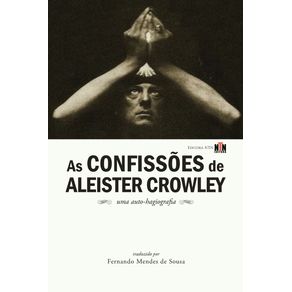 As Confissões de Aleister Crowley
As Confissões de Aleister Crowley
8th House Publishing
R$ 453,08 ou até 3x sem juros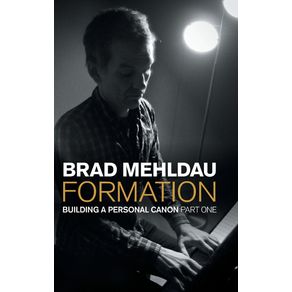 Formation
Formation
Equinox Publishing
R$ 355,45 ou até 3x sem juros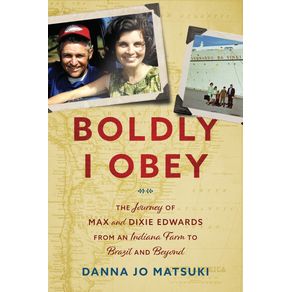 Boldly I Obey
Boldly I Obey
Life Sentence Publishing
R$ 134,04 ou até 2x sem juros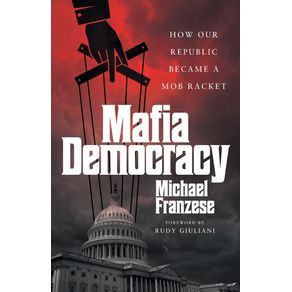 Mafia Democracy
Mafia Democracy
Lioncrest Publishing
R$ 125,23 ou até 2x sem juros Jair Bolsonaro
Jair Bolsonaro
United Library
R$ 76,04 à vista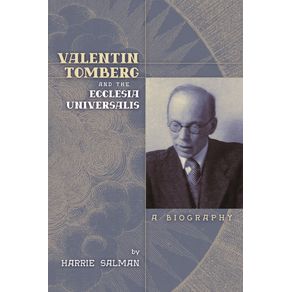 Valentin Tomberg and the Ecclesia Universalis
Valentin Tomberg and the Ecclesia Universalis
Angelico Press Ltd
R$ 184,27 ou até 3x sem juros George Soros
George Soros
Art-One Books
R$ 90,34 à vista Cristiano Ronaldo
Cristiano Ronaldo
Art-One Books
R$ 84,74 à vista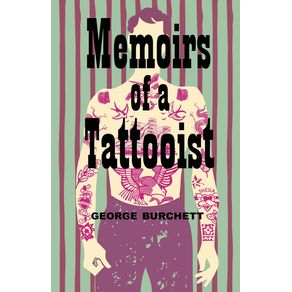 Memoirs of a Tattooist
Memoirs of a Tattooist
Chosho Publishing
R$ 169,69 ou até 3x sem juros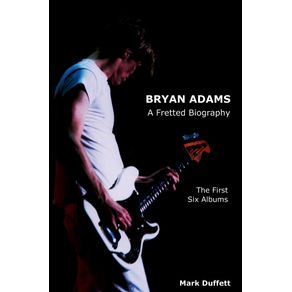 Bryan Adams
Bryan Adams
Bennion Kearny Limited
R$ 166,12 ou até 3x sem juros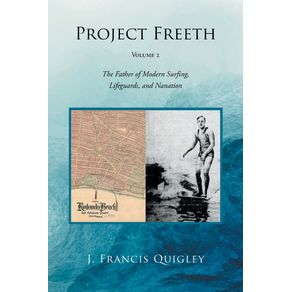 Project Freeth
Project Freeth
Newman Springs Publishing, Inc.
R$ 107,46 ou até 2x sem juros Oscar Wilde - The Complete Interviews - Volume One
Oscar Wilde - The Complete Interviews - Volume One
Robert Burriss
R$ 260,10 ou até 3x sem juros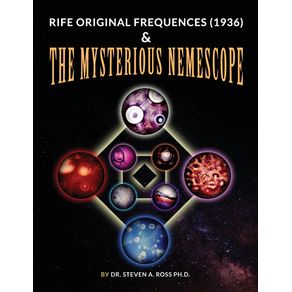 Rife Original Frequencies (1936) & The Mysterious Nemescope
Rife Original Frequencies (1936) & The Mysterious Nemescope
Lulu Press
R$ 245,72 ou até 3x sem juros TB Joshua - Servo de Deus
TB Joshua - Servo de Deus
En Gedi Publishing Ltd
R$ 133,26 ou até 2x sem juros CHAMP - a incrível história do baixista Champignon do Charlie Brown Jr
CHAMP - a incrível história do baixista Champignon do Charlie Brown Jr
Ilustre_
R$ 127,90 ou até 2x sem juros Formation
Formation
Equinox Publishing
R$ 355,45 ou até 3x sem juros Steely Dan
Steely Dan
Music Sales Limited
R$ 155,94 ou até 3x sem juros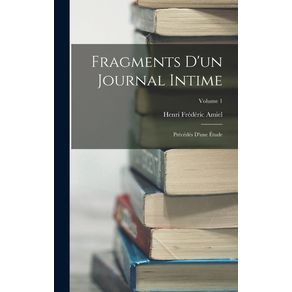 Fragments Dun Journal Intime
Fragments Dun Journal Intime
Legare Street Press
R$ 241,92 ou até 3x sem juros Valentin Tomberg and the Ecclesia Universalis
Valentin Tomberg and the Ecclesia Universalis
Angelico Press Ltd
R$ 184,27 ou até 3x sem juros George Soros
George Soros
Art-One Books
R$ 90,34 à vista The World Is Going To Love This
The World Is Going To Love This
Wordville
R$ 139,21 ou até 2x sem juros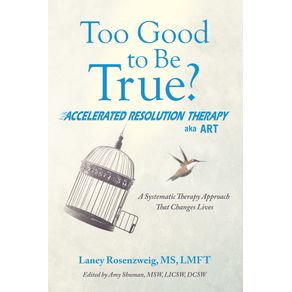 Too Good to Be True?
Too Good to Be True?
Archway Publishing
R$ 143,33 ou até 2x sem juros Project Freeth
Project Freeth
Newman Springs Publishing, Inc.
R$ 107,46 ou até 2x sem juros Oscar Wilde - The Complete Interviews - Volume One
Oscar Wilde - The Complete Interviews - Volume One
Robert Burriss
R$ 260,10 ou até 3x sem juros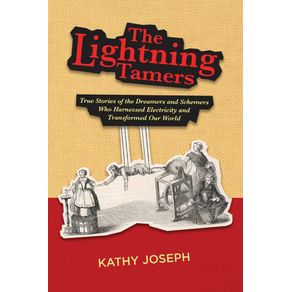 The Lightning Tamers
The Lightning Tamers
Smart Science Press
R$ 122,98 ou até 2x sem juros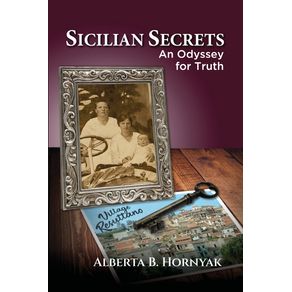 Sicilian Secrets
Sicilian Secrets
BookLocker.com Inc
R$ 180,99 ou até 3x sem juros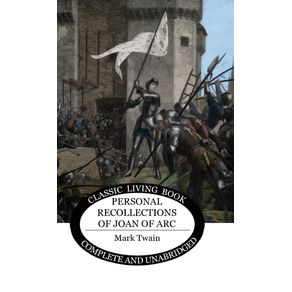 Personal Recollections of Joan of Arc
Personal Recollections of Joan of Arc
Living Book Press
R$ 213,16 ou até 3x sem juros TB Joshua - Servo de Deus
TB Joshua - Servo de Deus
En Gedi Publishing Ltd
R$ 133,26 ou até 2x sem juros Eder Jofre
Eder Jofre
WIN BY KO Publications
R$ 364,71 ou até 3x sem juros O que o pão me deu
O que o pão me deu
Escreva
R$ 89,90 à vista As Confissões de Aleister Crowley
As Confissões de Aleister Crowley
8th House Publishing
R$ 453,08 ou até 3x sem juros Formation
Formation
Equinox Publishing
R$ 355,45 ou até 3x sem juros Return to the Reich
Return to the Reich
HARPERCOLLINS
R$ 137,55 ou até 2x sem juros Jair Bolsonaro
Jair Bolsonaro
United Library
R$ 76,04 à vista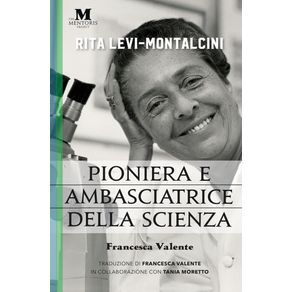 Rita Levi-Montalcini
Rita Levi-Montalcini
Mentoris Project
R$ 120,73 ou até 2x sem juros Cristiano Ronaldo
Cristiano Ronaldo
Art-One Books
R$ 84,74 à vista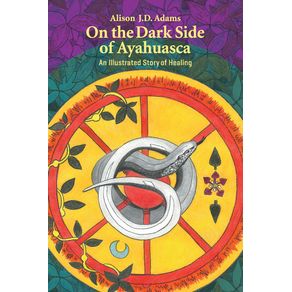 On the Dark Side of Ayahuasca
On the Dark Side of Ayahuasca
Silverwood Books Ltd
R$ 123,64 ou até 2x sem juros Oscar Wilde - The Complete Interviews - Volume One
Oscar Wilde - The Complete Interviews - Volume One
Robert Burriss
R$ 260,10 ou até 3x sem juros Silicon Valley Porn Star
Silicon Valley Porn Star
Honest Climb Media
R$ 117,17 ou até 2x sem juros The Lightning Tamers
The Lightning Tamers
Smart Science Press
R$ 122,98 ou até 2x sem juros Ronald Reagan
Ronald Reagan
Art-One Books
R$ 97,21 à vista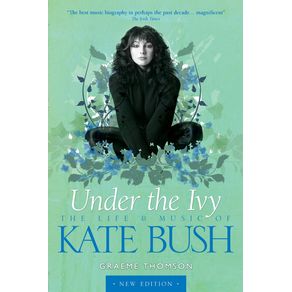 Under the Ivy
Under the Ivy
Music Sales Limited
R$ 177,15 ou até 3x sem juros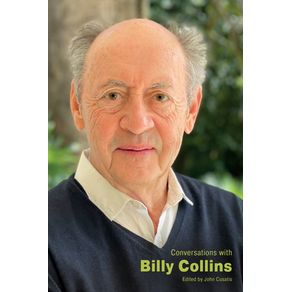 Conversations with Billy Collins
Conversations with Billy Collins
University Press of Mississippi
R$ 154,40 ou até 3x sem juros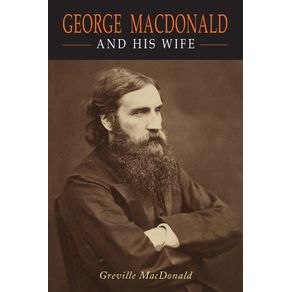 George Macdonald and his Wife
George Macdonald and his Wife
Martino Fine Books
R$ 201,94 ou até 3x sem juros